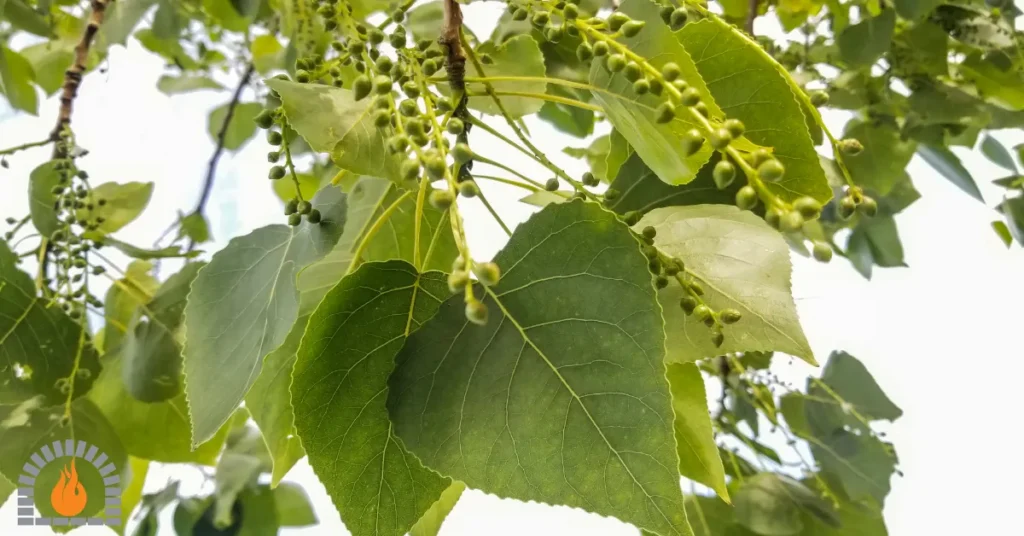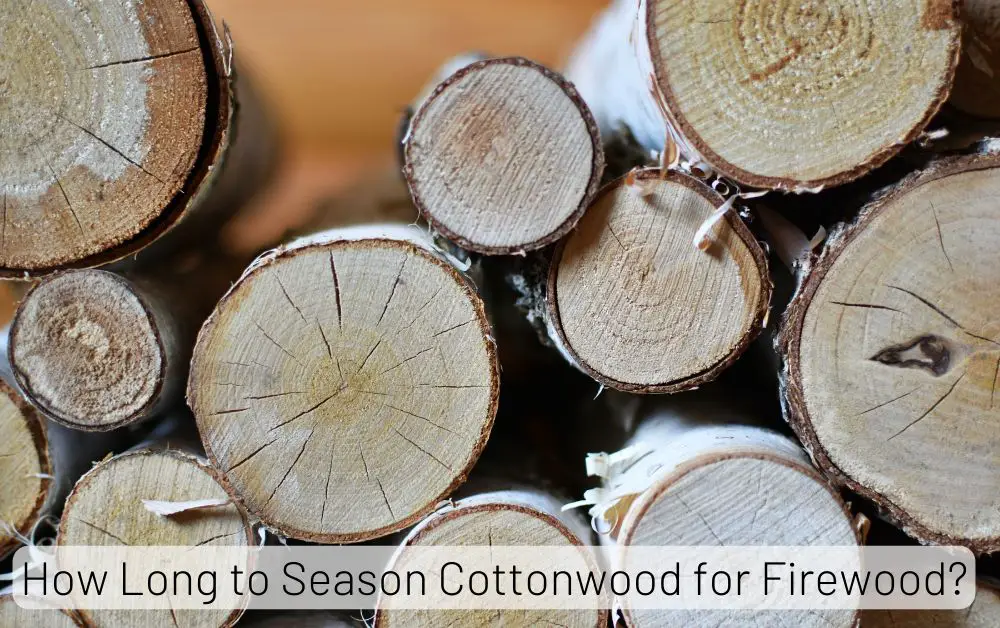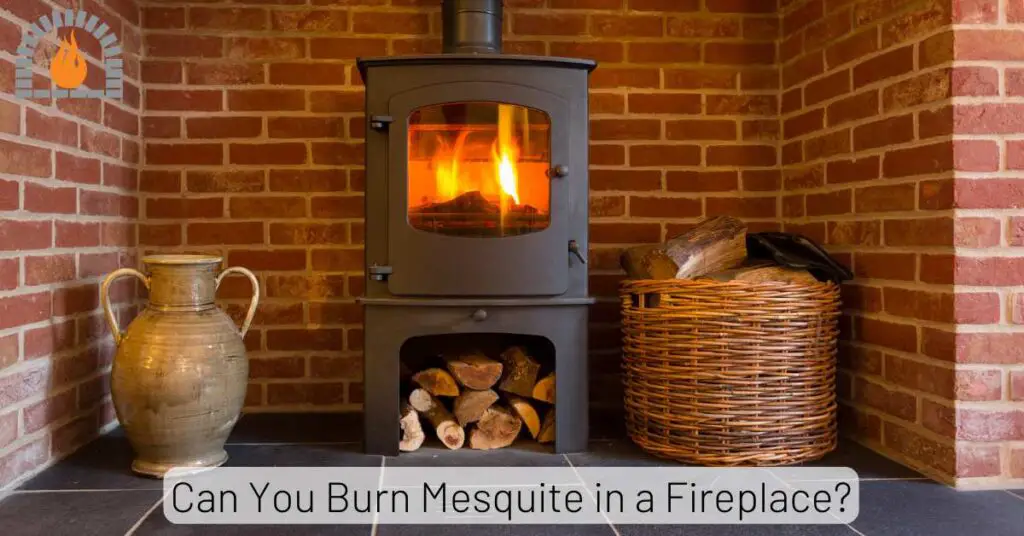As winter’s chill settles in and the crackling warmth of a fireplace becomes a welcome respite, the quest for the perfect firewood intensifies. Among the many options, basswood emerges as a contender that sparks curiosity. Known for its lightweight, pale color and smooth grain, basswood is often favored in various woodworking projects.
However, questions arise regarding its role in heating homes: Is basswood good firewood? Does it generate sufficient heat, or does it burn out quickly?
Overview
| Basswood Firewood Characteristics | Value/Description |
|---|---|
| BTU (British Thermal Units) | Moderate; 13.8 million BTUs per cord lower than hardwoods but higher than softwoods. |
| Smoke | Low to moderate; basswood produces minimal smoke when seasoned. |
| Popping | Low; basswood generally has low popping tendencies. |
| Sparking | Low; basswood tends to produce fewer sparks compared to some hardwoods. |
| Ease of Seasoning | Good; basswood dries relatively quickly when properly split and stacked. |
| Ease of Splitting | Easy; basswood has a lower density, making it easier to split. |
| Moisture Content | Initially high, but it can season well with proper drying. |
Is Basswood Good Firewood?
Basswood can be used as firewood, but it is not considered the best choice due to its lower BTU, quick-burning nature, and lower energy content compared to hardwoods. However, owing to its softwood nature, basswood ignites easily, making it a favorite wood for starting fires.
When it comes to burning, basswood exhibits some unique characteristics. It is known for producing a steady and even flame, making it an ideal choice for heating and ambiance.
The wood burns cleanly, leaving minimal ash residue, benefiting those seeking an efficient and hassle-free firewood experience.

Basswood Heat Output and BTU Rating
Basswood is known for its moderate heat output compared to other types of wood commonly used for heating. It produces approximately 13.8 million BTUs (British Thermal Units) per cord, which places it in between hardwoods and softwoods in terms of heating efficiency.
While basswood doesn’t generate as much heat as hardwoods like oak or maple, it still offers a respectable BTU rating that makes it a viable option for heating purposes. This moderate heat output can be advantageous for situations where a more controlled or lower heat level is desired, such as in milder climates or for heating smaller spaces.
Pros of Basswood Firewood
Basswood firewood offers several advantages that make it a popular choice for heating and other purposes:
-
While not as high as some hardwoods, basswood still provides moderate heat, making it suitable for heating smaller spaces or use in milder climates.
-
Basswood tends to burn cleanly with minimal smoke and residue. This can contribute to better air quality and reduced maintenance for wood-burning appliances.
-
Compared to dense hardwoods, basswood is relatively easy to split. This makes it more manageable to prepare for use in fireplaces, wood stoves, or other heating devices.
-
Basswood ignites readily, making it convenient to start fires. This characteristic can particularly benefit those who rely on wood-burning appliances for heat.
-
Basswood trees are relatively common in many regions, making basswood firewood readily available to those who choose to use it as a heat source.
-
Beyond its use as firewood, basswood is also valued for woodworking due to its soft texture and ease of carving. This versatility makes basswood a valuable resource for various projects and applications.
Cons of Basswood Firewood
-
Basswood has a lower heat output than dense hardwoods. This means it may provide less warmth or be more effective for heating larger spaces or colder climates.
-
Basswood tends to burn more quickly than denser hardwoods. This can result in more frequent refueling of the fire, which may be inconvenient for those seeking longer-lasting heat.
-
Due to its faster burn rate, basswood may only provide sustained heat for a short period compared to hardwoods with higher density.
-
Basswood tends to produce less coaling compared to some hardwoods. Coaling refers to the formation of hot, glowing embers that can help maintain heat in a fire overnight. With basswood, there may be fewer of these long-lasting embers, requiring more frequent fire stoking.
-
While basswood is technically a hardwood, it shares some characteristics with softwoods, such as being less dense. This can affect its overall durability and resistance to burning compared to denser hardwoods.
-
While basswood is common in many areas, it may be less readily available in some regions. This could pose challenges for those seeking a consistent supply of basswood firewood.
Related Post: Is Spruce Good Firewood?
How To Prepare Basswood For Firewood.
Start by identifying mature basswood trees for harvesting. Select healthy trees that have been dead for some time to allow for easier processing.
Use a chainsaw or handsaw to cut the basswood tree into manageable lengths, typically around 16 to 18 inches long. Wear appropriate safety gear like gloves, goggles, and ear protection.
Basswood is relatively easy to split compared to denser hardwoods. A splitting maul or axe splits the logs along the grain into smaller pieces. Aim for pieces that are roughly the same size to ensure consistent burning.
Stack the split basswood pieces in a dry, well-ventilated area like a woodshed or covered outdoor space. Stacking the wood off the ground on pallets or a raised platform helps promote airflow and prevents moisture buildup.
Depending on local climate conditions, allow the wood to dry for at least six months to a year. Properly seasoned wood burns more efficiently and produces less smoke.
Once the basswood has seasoned and dried adequately, store it in a dry location away from moisture to prevent it from absorbing water and losing its heat-generating properties.
Regularly inspect your stored basswood firewood for mold, rot, or insect infestation signs. Remove any affected pieces to prevent spreading to the rest of your supply.
Before using basswood firewood:
- Inspect each piece for any remaining moisture or signs of decay.
- Ensure your fireplace, wood stove, or other heating appliance is clean and properly maintained.
- Build fires using a combination of smaller kindling and progressively larger pieces of basswood to establish a good burn.
Related Post: Wood Burning Stove vs Fireplace Insert
Final Thoughts: Is Basswood Good Firewood?
In conclusion, basswood stands out as a versatile and efficient choice for firewood. Its unique burning characteristics, sustainability, and ease of handling make it a valuable option for heating and ambiance. By understanding its qualities and comparing it to other firewood types, you can make an informed decision that aligns with your heating preferences and environmental values.
Consider incorporating basswood into your firewood rotation for a reliable and enjoyable wood-burning experience.
Affiliate Disclosure: Fireplaceadviser.com is a participant in the Amazon Services LLC Associates Program. We may earn a commission when you click on certain links on this site and purchase.

Hello!! I am Jamal Khan. I often fix my home electric heaters and gas stove problems and research the common issues in the heating units to improve my knowledge and expertise. The aim of establishing fireplaceadviser.com is to share my expertise and knowledge with my audience.


















